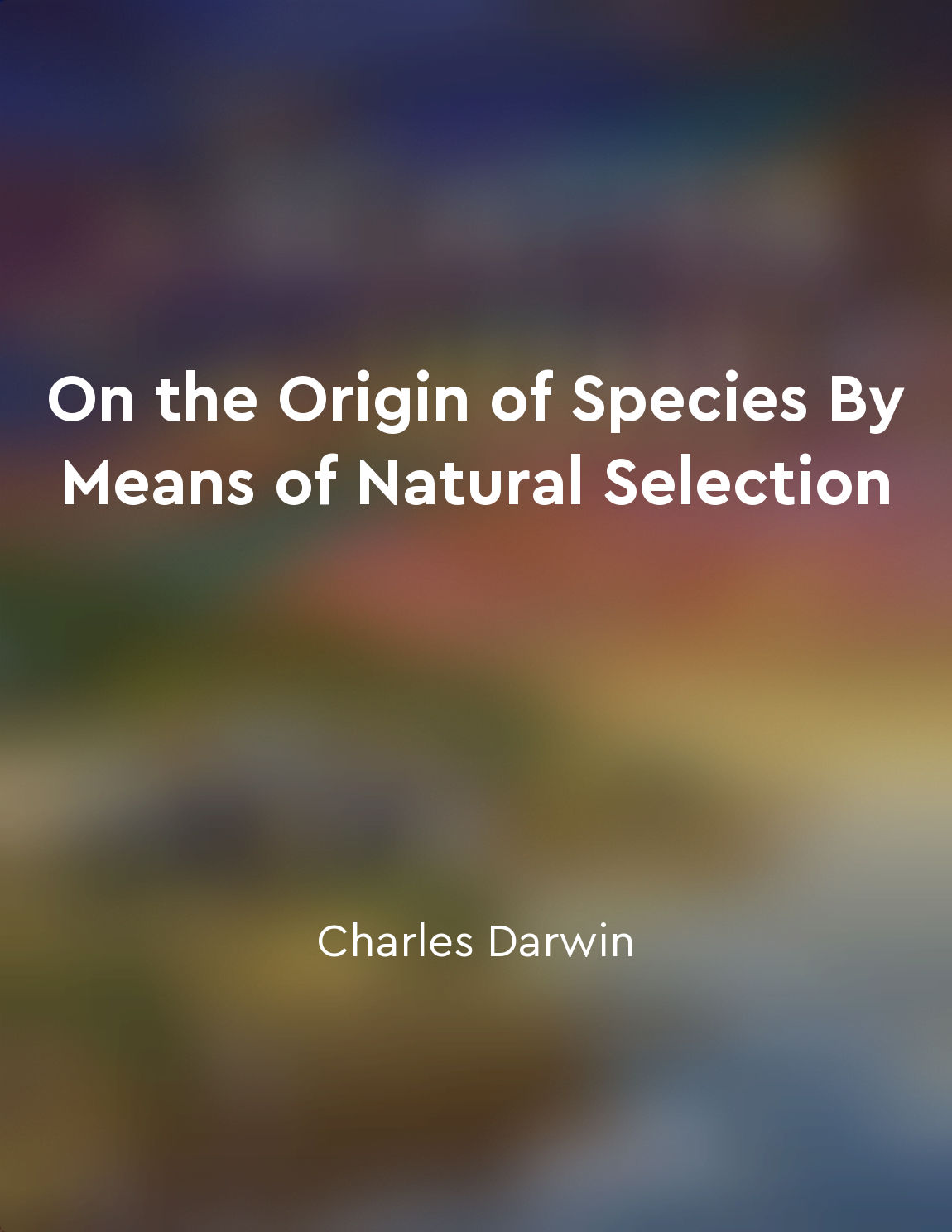Relationship between vegetation and environmental factors in arid ecosystems from "summary" of Floristic Study of Arid Ecosystem: Ecology and Phytosociology by Dr. Ekta B. Joshi,Dr. Hiren B. Soni ,Dr. Pankaj N. Joshi
The vegetation in arid ecosystems is strongly influenced by various environmental factors such as temperature, precipitation, soil type, and topography. These factors play a crucial role in determining the composition, distribution, and abundance of plant species in these harsh environments. Temperature, for example, affects the growth and survival of plants in arid ecosystems by influencing physiological processes such as photosynthesis and transpiration. Plants in these environments have developed adaptations to cope with high temperatures, such as succulence and reduced leaf surface area. Precipitation is another key environmental factor that shapes the vegetation in arid ecosystems. Plants in these regions are adapted to survive long periods of drought by storing water in their tissues, having deep root systems, or being able to go dormant during dry periods. The amount and distribution of rainfall greatly influence the types of plant species that can thrive in arid environments. Soil type also plays a significant role in determining the vegetation in arid ecosystems. Different plant species have specific soil requirements for growth, such as pH levels, nutrient content, and drainage. The availability of water in the soil is also crucial for plant growth and distribution in arid environments. Topography, including factors such as slope, aspect, and elevation, can create microclimates that influence vegetation patterns in arid ecosystems. Plants may be more abundant on north-facing slopes where moisture is retained for longer periods, or at higher elevations where temperatures are cooler and precipitation levels are higher.- The relationship between vegetation and environmental factors in arid ecosystems is complex and dynamic. Plant species have evolved various adaptations to survive in these harsh environments, and their distribution is closely tied to the specific conditions present in each location. Understanding these relationships is essential for effective conservation and management of arid ecosystems.
Similar Posts

Common ancestry of all species
The idea that all living beings have descended from a common ancestor holds immense implications for the study of biology. It i...
Ancient redwoods dominate the forests of the Pacific Northwest
The towering redwoods of the Pacific Northwest stand as ancient sentinels, guardians of a world that has existed for millennia....
Habitat destruction is a leading cause of extinction
Habitat destruction is a leading cause of extinction. It is estimated that nearly half of the world's species could be wiped ou...
Predators play a vital role in regulating populations
In the Serengeti, predators are the architects of life. They are not just killers; they are the sculptors of ecosystems, the re...
The Earth's oceans play a key role in regulating the climate, by absorbing and storing heat and carbon dioxide
The oceans are a crucial component of the Earth's climate system, acting as a massive heat and carbon dioxide sink. Through var...
Engagement
Engagement is a critical component of our work in natural heritage conservation. It involves forming partnerships, building rel...

Biotechnology and genetic engineering
Biotechnology refers to the use of living organisms to create a wide range of products and processes. Genetic engineering is a ...
Promoting a culture of sustainability
Promoting a culture of sustainability requires a fundamental shift in how individuals and societies interact with the natural w...
The Anthropocene is a proposed new epoch
The idea that we are living in a new geological epoch, the Anthropocene, is gaining traction among scientists and scholars. Thi...
The application of biology in medicine improves human health outcomes
The field of medicine has greatly benefited from the application of biological principles. These principles have played a cruci...

